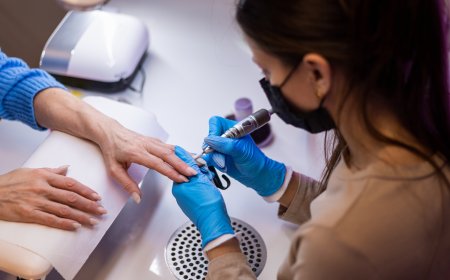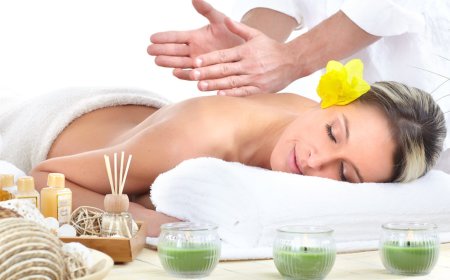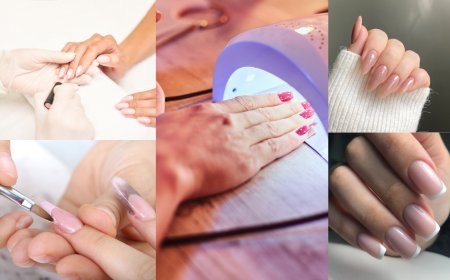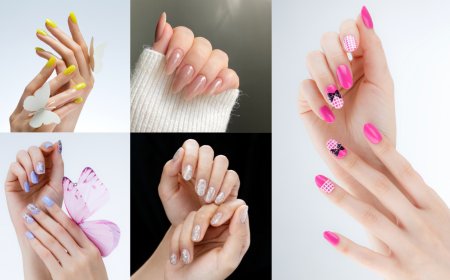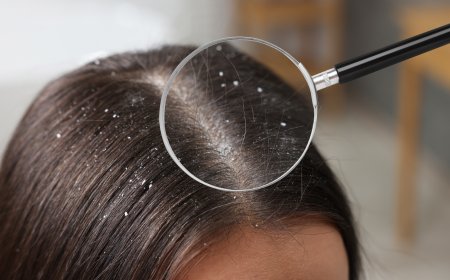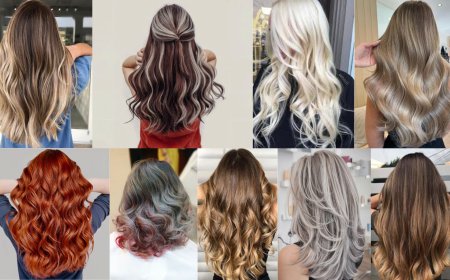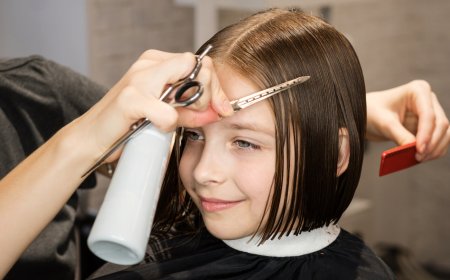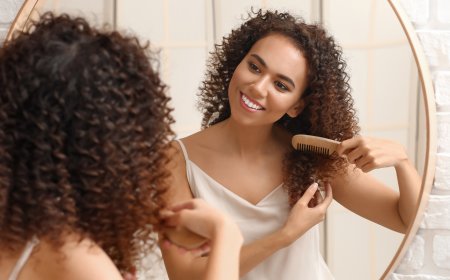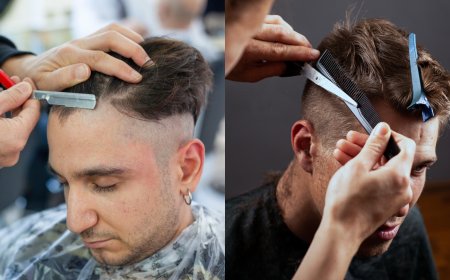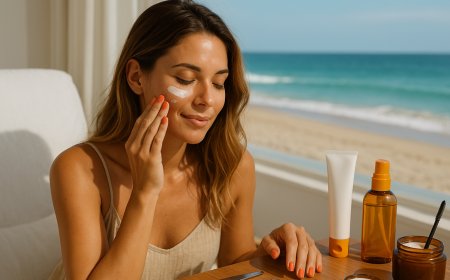How to Keep Your Hair Healthy & Strong – Expert Tips
Discover expert tips to keep your hair healthy and strong. Learn about proper nutrition, hair care routines, product choices, and damage prevention for luscious locks.

Maintaining healthy and strong hair requires consistent care and the right habits. Whether you’re dealing with dryness, breakage, or hair fall, adopting expert-recommended tips can make a significant difference. Proper hair care not only enhances its appearance but also promotes long-term strength and vitality. Here’s how you can keep your hair in top condition.
1. Nourish Your Hair from Within
Healthy hair starts with proper nutrition. A well-balanced diet rich in essential nutrients provides the foundation for strong, resilient hair. Include:
-
Protein: Found in eggs, fish, lean meats, and dairy products, it strengthens hair strands and reduces breakage.
-
Biotin & Vitamin B Complex: Essential for hair growth and preventing brittleness, present in nuts, eggs, whole grains, and avocados.
-
Omega-3 Fatty Acids: Promote scalp health, reduce inflammation, and enhance shine, found in fish, flaxseeds, walnuts, and chia seeds.
-
Iron & Zinc: Help prevent hair loss, available in spinach, lentils, red meat, and shellfish. Iron supports oxygen transportation to hair follicles, while zinc aids in tissue repair and hair growth.
-
Vitamin A & C: Contribute to sebum production and collagen synthesis, keeping hair hydrated and strong. Found in carrots, sweet potatoes, citrus fruits, and bell peppers.
2. Use the Right Hair Products
Choosing suitable hair care products for your hair type is crucial. Look for shampoos and conditioners that are:
-
Sulfate-Free: Gentle on the scalp and hair, preventing excessive dryness and irritation.
-
Moisturizing: Contain ingredients like argan oil, shea butter, coconut oil, and glycerin to lock in moisture.
-
Strengthening: Formulated with keratin, biotin, collagen, or silk proteins to enhance resilience and reduce breakage.
-
pH-Balanced: Helps maintain the natural acidity of the scalp, preventing dandruff and irritation.
3. Wash Your Hair Properly
Overwashing can strip natural oils, while underwashing can lead to buildup and an unhealthy scalp. Follow these guidelines:
-
Wash your hair 2-3 times a week (or as needed based on your hair type and activity level).
-
Use lukewarm water to avoid drying out your scalp and hair.
-
Gently massage shampoo into your scalp using your fingertips to stimulate blood circulation and remove excess oils.
-
Apply conditioner mainly to the ends to prevent greasiness at the roots while maintaining moisture in the lengths.
-
Finish with a cool water rinse to seal the hair cuticle and enhance shine.
4. Reduce Heat & Chemical Damage
Excessive heat and harsh chemicals weaken hair and lead to breakage. Protect your hair by:
-
Limiting heat styling tools like curling irons, straighteners, and blow dryers.
-
Using heat protectant sprays before styling to create a barrier against damage.
-
Avoiding excessive bleaching, coloring, and perming, which can weaken hair fibers over time.
-
Letting hair air-dry whenever possible to prevent heat-related dehydration and brittleness.
-
Opting for gentle, ammonia-free hair dyes to minimize chemical exposure.
5. Keep Your Scalp Healthy
A healthy scalp is the foundation for strong hair. Keep your scalp in optimal condition by:
-
Exfoliating once a week using a gentle scalp scrub or clarifying shampoo to remove dead skin cells and product buildup.
-
Massaging your scalp with oil (such as coconut, castor, or jojoba oil) to improve circulation and nourish roots.
-
Using anti-dandruff or clarifying shampoos if needed to combat flakiness and maintain scalp hygiene.
-
Avoiding excessive scratching or harsh treatments that can cause irritation and weaken hair roots.
6. Trim Regularly
Frequent trims prevent split ends and keep hair looking fresh and healthy. Experts recommend trimming every 6-8 weeks to remove damaged ends and promote even growth.
7. Protect Hair from Environmental Damage
Environmental factors like sun exposure, pollution, and harsh weather can weaken hair over time. To protect your locks:
-
Wear a hat or scarf when exposed to strong sunlight to prevent UV damage.
-
Rinse hair after swimming to remove chlorine, salt, and chemicals that can dry out strands.
-
Use a silk or satin pillowcase to reduce friction, frizz, and breakage while sleeping.
-
Apply leave-in conditioners or serums with UV protection to shield against environmental stressors.
8. Avoid Tight Hairstyles
Hairstyles that pull on the scalp, like tight ponytails, buns, or braids, can cause hair thinning and breakage over time. To minimize damage:
-
Opt for loose styles that reduce tension on the scalp.
-
Use soft hair ties or scrunchies instead of rubber bands to prevent snapping and breakage.
-
Switch up your hairstyle frequently to avoid repeated strain on the same areas of the scalp.
9. Stay Hydrated & Manage Stress
Hydration and stress levels significantly impact hair health. Ensure you:
-
Drink at least 8 glasses of water daily to maintain hair hydration from within.
-
Practice stress-reducing activities such as meditation, yoga, deep breathing exercises, or regular physical activity.
-
Get enough sleep to support overall well-being and promote healthy hair growth.
Conclusion
Achieving healthy and strong hair is a combination of proper nutrition, gentle hair care, and protective habits. By incorporating these expert tips into your routine, you can enjoy luscious, resilient hair for years to come. Consistency is key—nourish your body, treat your hair with care, and embrace habits that promote long-term hair health.
What's Your Reaction?







